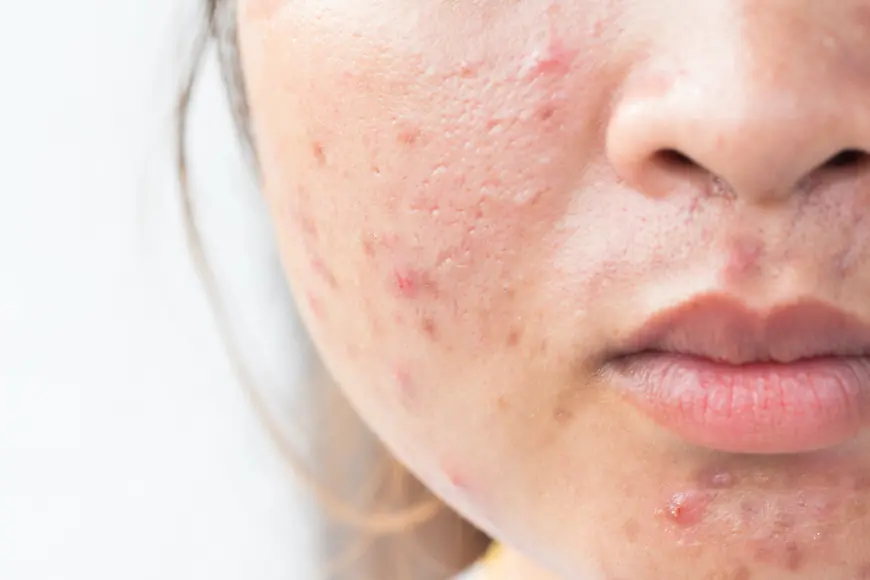Is Pigmentation Treatment Safe for All Skin Types?

Skin pigmentation concerns affect people from all backgrounds and skin types. Whether it's dark spots, melasma, or uneven tone, pigmentation can impact anyone regardless of their skin color. The rise of Pigmentation Treatment In Dubai has made it possible for many individuals to address these issues safely and effectively. However, one common concern remains: Is pigmentation treatment safe for all skin types? This question is particularly important because skin reacts differently based on its type and tone. In regions like Dubai, where skin tones vary widely—from very fair to deep—ensuring treatment safety and effectiveness for everyone is essential.
Different Skin Types and Their Sensitivities
Skin types are commonly classified according to the Fitzpatrick scale, ranging from Type I (very fair) to Type VI (very dark). Each type has different levels of melanin, the pigment responsible for skin color, and varying sensitivity to treatments.
-
Light Skin Types (I-III): These skin types tend to respond well to many pigmentation treatments, including chemical peels and lasers, with relatively lower risks of side effects like hyperpigmentation.
-
Medium to Dark Skin Types (IV-VI): These skin types have more melanin, which can react unpredictably to aggressive treatments. Darker skin is more prone to post-inflammatory hyperpigmentation (darkening after injury) and hypopigmentation (lightening of the skin).
Because Dubai’s population includes a diverse range of skin types, tailored approaches in pigmentation treatment are necessary.
Common Pigmentation Treatment Methods and Their Safety
There are various treatment options available for pigmentation, but their safety profiles can vary depending on skin type.
Chemical Peels
Chemical peels involve applying acids such as glycolic acid or salicylic acid to exfoliate the skin and reduce pigmentation. Superficial peels are usually safe for most skin types, but medium or deep peels carry a higher risk of complications for darker skin tones.
Laser Treatments
Laser therapy targets pigmented cells to break down excess melanin. Modern laser technology includes devices designed specifically for darker skin types (like Nd:YAG lasers), minimizing the risk of burns or discoloration. However, incorrect laser choice or intensity can lead to pigmentation worsening.
Microneedling
Microneedling uses tiny needles to stimulate collagen production and can improve pigmentation by promoting skin regeneration. It’s generally safe for most skin types but requires experienced hands to avoid trauma.
Importance of Customization and Professional Care
The key to safe pigmentation treatment across all skin types is customization. A qualified specialist will analyze your skin type, pigmentation severity, and lifestyle before recommending treatment. Patch tests and gradual treatment sessions help monitor skin response and prevent adverse effects.
Post-Treatment Care: Vital for All Skin Types
Regardless of treatment, aftercare is crucial. Sun exposure can worsen pigmentation or trigger new spots after treatments. Therefore:
-
Use broad-spectrum sunscreen every day.
-
Avoid direct sun exposure during peak hours.
-
Follow all post-treatment instructions carefully.
Proper aftercare ensures safety and long-lasting results for all skin types.
Who Should Be Cautious?
Some individuals should be particularly careful or may need alternative approaches:
-
People with very sensitive or allergy-prone skin.
-
Those with active skin infections or inflammation.
-
Pregnant or breastfeeding women (some treatments are contraindicated).
Conclusion
With advances in technology and skincare, pigmentation treatment can be safe and effective for all skin types when performed by experienced professionals. In Dubai, where the population is diverse, Pigmentation Treatment Dubai providers are well-versed in handling different skin tones with the utmost care.
What's Your Reaction?
 Like
0
Like
0
 Dislike
0
Dislike
0
 Love
0
Love
0
 Funny
0
Funny
0
 Angry
0
Angry
0
 Sad
0
Sad
0
 Wow
0
Wow
0
















































